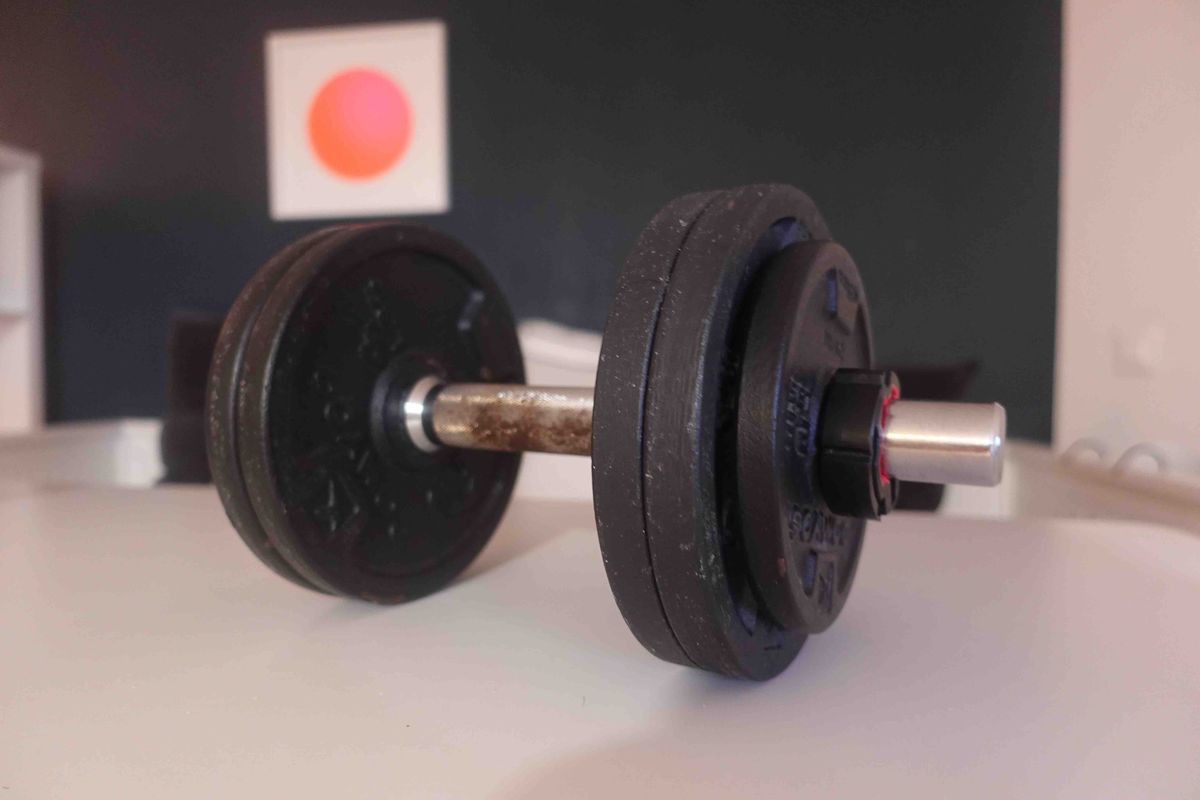Making the Most of Your Home Gym

Owning a home gym can help you achieve your fitness goals and save you hours of driving every week. Putting together a home gym can be cost-effective, too. After the initial outlay, you’ll be saving money that you would have spent on gym memberships and petrol.
The comfort and convenience of a home gym can’t be overlooked, either. Being able to go from your bed to the barbell rack in a matter of minutes is perfect if you’re a busy fitness enthusiast.
However, you may find that you become bored when working out from your home gym. This is entirely normal, as you don’t get to play with as many machines and may find that your family distracts you from your workout.
Get more from your home gym by making a few modifications that will help you work up a sweat, chase the pump, or PR your back squat.
First Purchases
Most people don’t buy their home gym in a single shopping session. Not only will it set you back thousands of pounds, but you also can’t be sure if you’ll actually use some of the equipment that you buy. Instead of splashing out on a fully equipped home gym, consider making a few strategic purchases first, like:
- Pull-Up Bar and Bands: A pull-up bar is the bread and butter of any home gym. They’re extremely cost-effective, and you can use bands to help you work up to bodyweight sets.
- Adjustable Dumbbells: A full set of dumbbells will set you back thousands of pounds. Instead, pick up an adjustable dumbbell set with a weight range that makes sense for you.
- Rack and Bar: If you like to bench press, opt for a power rack with pins for safety. If you just want to squat, a standard Olympic rack will be a more cost-effective version for your home gym.
- Plate-Loaded Cables: Plate-loaded pulleys are just as effective as selectorized ones, but are typically cheaper and give you a chance to use all those plates you’ve accumulated!
These purchases are cost-effective and give you a chance to see whether or not a home gym is right for you. Slowly accumulating gym equipment is surprisingly motivating, too, as you’ll look forward to setting new PRs with the help of accessory equipment like plate-loaded cable machines.
At some point, you’ll also have to upgrade your gym flooring to minimise the risk of accidents and protect your equipment. A concrete floor is fine for a few months, but rubber gym flooring is the way to go in the long term.
Making the Space Comfortable
A home gym in your garage is a great idea until the winter months roll. No one wants to pump iron when the iron is below freezing and the idea of jogging on a treadmill in four hoodies defeats the idea of having a home gym.
Make the space comfortable by creating a long-term plan when turning your garage into a gym. After decluttering, put together a floor plan complete with notes about nearby plug sockets and potential areas for large equipment.

Once you’ve installed rubber flooring, you’ll need to insulate the space. Insulation is key if you want to make the most out of your home gym year-round, as nothing will kill your gains like skipping workouts due to cold weather. Consider installing some space heaters or work with a contractor to extend your central heating into the garage.
Make use of vertical storage space for things like barbells, ropes, and plates. You need to make full use of your space if you want to put together a fully furnished home gym. This will free up room for cardio equipment like a spin bike and a treadmill, too.
Sharing the Space
Your home gym’s value multiplies if you’re willing to share it with your family and friends. Getting a workout in with your loved ones can be deeply motivating, too. However, you may find that some of your co-habitants aren’t quite as excited about the idea of giving up floor space for a yoga studio.
If you live with roommates as a working adult, work with them to create a shared gym space together. Creating a shared space together will improve your relationship and help validate your roommate's fitness goals. Sharing the space can alleviate the financial burden of putting together a home gym, too. Just be sure to keep the receipts for the equipment you buy should you want to move out anytime soon.
Consider putting together some lighter weights and bands for children, too. While kids shouldn’t be left unsupervised around free weights, they can still burn off some energy with pull-up bars and bodyweight movements. You can even bring in some kid-safe gym games like bean bag balance, balloon drop, and animal yoga.
Conclusion
A home gym makes getting in a workout easier while saving you cash in the long run. Start with rubber flooring and a selection of cost-effective equipment. Upgrade your insulation before the winter months roll in and add a space heater if you’re working out in the garage. If you feel that your motivation starts to wane, consider bringing in a personal trainer who will visit your home and guide you through a series of challenging workouts.
You might also like these articles on how to stay active indoors during winter, the best rowing machines (UK), and the best folding gym equipment.
As an Amazon Associate, the site earns from qualifying purchases.